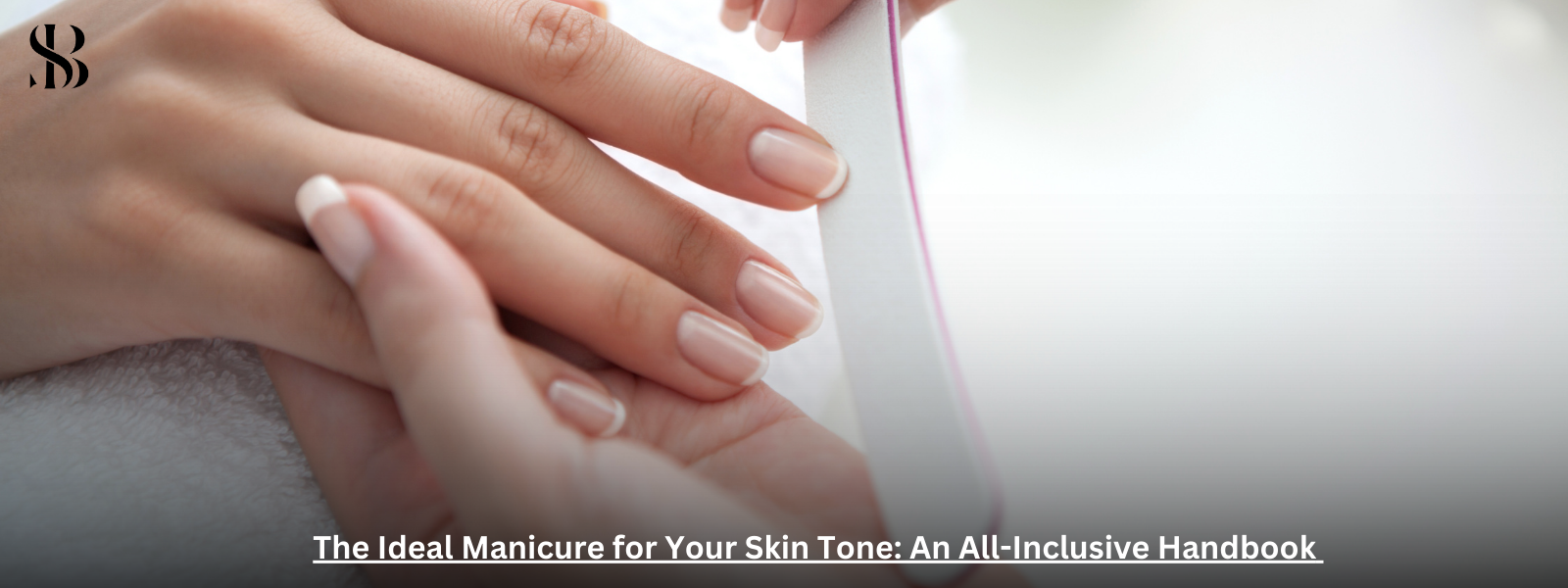
Ergonomic Essentials: How Sarah Overcame Carpal Tunnel Syndrome with the Right Scissors
Ergonomic Excellence: Sarah's Journey to Preventing Carpal Tunnel Syndrome
Once upon a time, in a bustling city where the rhythm of life never seemed to slow down, there live a diligent office worker named Sarah. Sarah was passionate about her job, spending long hours each day typing away at her computer keyboard, striving to meet deadlines and exceed expectations. However, as the days turned into weeks and the weeks into months, Sarah began to notice a persistent discomfort in her wrists and hands.
Chapter 1: The Beginning of Discomfort
At first, Sarah brushed off the discomfort as mere fatigue, attributing it to the demands of her busy workload. However, as the sensation of numbness and tingling persisted, she began to grow concerned. After doing some research, Sarah learned about carpal tunnel syndrome (CTS), a common condition among office workers and those who perform repetitive tasks with their hands.
Chapter 2: Seeking Solutions
Determined to address her symptoms before they worsened, Sarah embarked on a journey to find solutions to alleviate her discomfort and prevent further injury. She discovered the importance of ergonomic tools—specifically, keyboards and mice designed to support natural hand and wrist positions—to reduce strain and promote proper alignment.
Chapter 3: Embracing Ergonomics
Armed with this newfound knowledge, Sarah transformed her workspace into an ergonomic haven. She invested in a split keyboard that allowed her to type with her wrists in a more neutral position, minimizing the stress on her joints. She also upgraded to a vertical mouse that encouraged a more natural grip, reducing the strain on her fingers and wrists.
Chapter 4: The Impact of Ergonomic Tools
As Sarah began to incorporate ergonomic tools into her daily routine, she noticed a significant improvement in her symptoms. The numbness and tingling that had once plagued her wrists and hands began to fade, replaced by a newfound sense of comfort and relief. With each keystroke and mouse click, Sarah felt confident knowing that she was taking proactive steps to protect her long-term health and well-being.

Chapter 5: Spreading Awareness
Eager to share her success story with others, Sarah became an advocate for ergonomic tools in the workplace. She educated her colleagues about the importance of proper ergonomics and encouraged them to assess their own workstations for potential improvements. Together, they implemented changes such as adjustable desks, supportive chairs, and wrist rests, creating a more ergonomic environment for all.

Chapter 6: A Journey of Prevention
As time went on, Sarah's commitment to ergonomic principles only grew stronger. She recognized that prevention was key to avoiding future injuries and was determined to prioritize her health and well-being above all else. By embracing ergonomic tools and practices, Sarah not only prevented the onset of carpal tunnel syndrome but also inspired others to do the same.

Chapter 7: A Happy Ending
With her symptoms under control and her workspace optimized for comfort and efficiency, Sarah found renewed joy and fulfillment in her work. She no longer dreaded sitting down at her desk each day, knowing that she had taken proactive steps to protect her health and prevent injury. As she continued on her journey, Sarah remained grateful for the transformative power of ergonomic tools in promoting wellness and productivity.

Chapter 8: Creating an Ergonomic Work Environment
As Sarah continued to prioritize her health, she recognized the importance of creating an ergonomic work environment beyond just her keyboard and mouse. She invested in an adjustable desk that allowed her to alternate between sittings and standing throughout the day, reducing the strain on her back and promoting better posture. Additionally, she incorporated ergonomic accessories such as monitor stands to ensure that her screen was at eye level, preventing neck strain.

Chapter 9: Practicing Proper Posture
Sarah understood that ergonomic tools were only part of the solution—the key was also to maintain proper posture while working. She made a conscious effort to sit up straight, keeping her feet flat on the floor and her shoulders relaxed. By aligning her body correctly, she minimized the risk of strain on her muscles and joints, further enhancing the benefits of her ergonomic setup.

Chapter 10: Taking Regular Breaks
In addition to using ergonomic tools and practicing good posture, Sarah recognized the importance of taking regular breaks throughout the day. She set reminders to stretch and move around every hour, allowing her muscles to relax and preventing stiffness and fatigue. These short breaks not only improved her physical well-being but also boosted her productivity and mental clarity, enabling her to tackle tasks with renewed focus.
Chapter 11: Continuing Education
As Sarah's journey with ergonomic tools progressed, she realized the value of staying informed about the latest advancements in ergonomics. She attended workshops and seminars on workplace wellness, learning new strategies for optimizing her workspace and preventing musculoskeletal injuries. By staying proactive and engaged, she ensured that her ergonomic setup remained effective and adapted to her evolving needs over time.
Chapter 12: Inspiring Others
Driven by her own positive experiences, Sarah became a beacon of inspiration for her colleagues and friends. She shared her knowledge and insights about ergonomic tools, encouraging others to prioritize their health and well-being in the workplace. Through her advocacy and leadership, she sparked a ripple effect, empowering others to make positive changes and create healthier work environments for themselves and their teams.
Chapter 13: A Lifelong Commitment
As Sarah reflected on her journey, she realized that her commitment to ergonomic principles was not just a passing phase—it was a lifelong commitment to self-care and wellness. By embracing ergonomic tools and practices, she had transformed her work experience, paving the way for a healthier, more sustainable future. With each keystroke and each movement, she reaffirmed her dedication to prioritizing her health and happiness, both in and out of the office.
In this continuation of Sarah's story, we explore additional aspects related to ergonomic tools, including creating an ergonomic work environment, practicing proper posture, taking regular breaks, continuing education, and inspiring others to prioritize workplace wellness. Through Sarah's journey, we see how ergonomic tools play a crucial role in promoting overall well-being and productivity in the modern workplace.
CEO
Ali Sabir




Dejar un comentario
Este sitio está protegido por hCaptcha y se aplican la Política de privacidad de hCaptcha y los Términos del servicio.